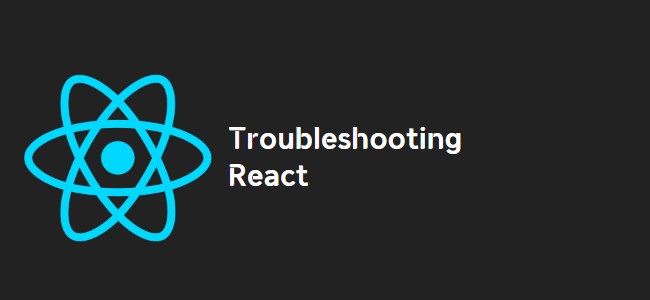
Title: Polling API Every X Seconds with React – Best Practices and Implementation
Introduction
Polling an API at regular intervals is a common requirement in web development, especially when you need to display real-time data updates on your screen. In this blog post, we will discuss the correct approach to poll an API every X seconds using React and explore best practices for implementing this functionality.
The Basic Approach
When it comes to polling an API, the most straightforward approach is to use the setInterval method in the componentDidMount lifecycle method. Here’s a basic implementation:
componentDidMount() {
this.timer = setInterval(() => this.getItems(), 1000);
}
componentWillUnmount() {
clearInterval(this.timer);
}
getItems() {
fetch(this.getEndpoint('api url endpoint'))
.then(result => result.json())
.then(result => this.setState({ items: result }));
}This code sets up a timer using setInterval in the componentDidMount method, which calls the getItems function every second. The getItems function makes an API request and updates the component’s state with the fetched data. When the component unmounts, we clear the interval using clearInterval to prevent memory leaks.
Avoiding Memory Leaks
While the basic approach works, there is a potential issue with memory leaks in the provided code. When the component unmounts, the interval reference is set to null, but the interval itself continues running, trying to setState on a component that no longer exists. To handle this properly, we need to stop the interval before setting it to null. Here’s the corrected code:
componentWillUnmount() {
clearInterval(this.timer);
this.timer = null;
}By clearing the interval first and then setting this.timer to null, we ensure that the interval is stopped before the component is unmounted.
Using Hooks
If you’re using functional components with React hooks, the approach is slightly different. Here’s a sample implementation using the useInterval custom hook:
// utils.js
import React, { useState, useEffect, useRef } from 'react';
export const useInterval = (callback, delay) => {
const savedCallback = useRef();
useEffect(() => {
savedCallback.current = callback;
}, [callback]);
useEffect(() => {
function tick() {
savedCallback.current();
}
if (delay !== null) {
const id = setInterval(tick, delay);
return () => clearInterval(id);
}
}, [delay]);
}
// MyPage.js
import useInterval from '../utils';
const MyPage = () => {
useInterval(() => {
// put your interval code here.
}, 1000 * 10);
return <div>my page content</div>;
}In this implementation, we create a custom hook called useInterval using the useState, useEffect, and useRef hooks. Then, we can use this custom hook within our functional component (MyPage) to handle the interval logic. Here, the interval code will run every 10 seconds.
Alternative Approaches
If you want more control over the polling process or need to handle different scenarios, there are a few alternative approaches you can consider:
1. Recursive setTimeout:
Rather than using setInterval, you can create a recursive setTimeout function to poll the API. This approach allows you to handle the success or failure of the previous API call and adjust the timing accordingly. Here’s a sample implementation:
let apiTimeout = setTimeout(fetchAPIData, 1000);
function fetchAPIData() {
fetch('API_ENDPOINT')
.then(res => {
if (res.statusCode === 200) {
// Process the response and update the view.
// Recreate a setTimeout API call which will be fired after 1 second.
apiTimeout = setTimeout(fetchAPIData, 1000);
} else {
clearTimeout(apiTimeout);
// Handle failure case.
}
})
.catch(() => {
clearTimeout(apiTimeout);
// Handle failure case.
});
}This approach allows you to control the timing and handle failures more gracefully.
2. Dynamically Adjusting Delay:
If you want to increase or decrease the polling interval based on certain conditions or external factors, you can dynamically adjust the delay value. Here’s an example of how you can implement this:
let delay = 1000;
function fetchData() {
fetch('API_ENDPOINT')
.then(result => result.json())
.then(result => {
// Process the result.
// Adjust the delay based on the result or other conditions.
delay = result.delay;
setTimeout(fetchData, delay);
});
}In this example, the delay value is adjusted based on the result of each API call, allowing for more flexibility in the polling process.
Conclusion
Polling an API at regular intervals is a common necessity in web development, and React provides multiple approaches to handle this functionality. Whether you choose to use the basic approach with setInterval or leverage the power of hooks and custom hooks, it’s crucial to handle memory leaks properly and ensure that the polling process aligns with your specific requirements.
By following the correct approach and implementing best practices, you can effectively poll an API and display real-time data updates on your React application, providing a seamless user experience. Choose the approach that best suits your needs and start implementing the polling functionality in your React projects today!
reference :
https://stackoverflow.com/questions/46140764/polling-api-every-x-seconds-with-react
Read Another Article :
